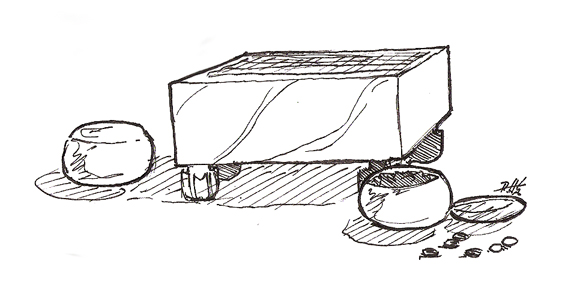I’ve written about open content learning materials before. In that post I mentioned that I’ve been trying to talk to people in UNISA for a while now, and on Tuesday (3 June), I finally got the promised meeting.
I met with Prof. Wendy Kilfoil (Director of the Institute for Curriculum and Learning Development), and Mr Deon van der Merwe (Director of ICT) in order to tell them all about open content learning. Their reaction caught me completely off guard.
They already knew all about it.
I was told about the African Digital Library project, one of several digital libraries available to students. They were the ones that mentioned the possibility of making all the study guides and course material open content (since everybody copies it anyway), and letting more people write through RPL. Deon’s department has already started using branded freedom toasters to distribute some of the study guides. I was shown the even newer model that they were experimenting with. Deon was also one of the first individuals to sign the Cape Town Open Education Declaration.
So if these people are so hip and up-to-date, why isn’t UNISA using open content materials yet? The short answer seems to be bureaucracy and ideological inertia. UNISA has a terribly arcane management structure. I was speaking to Directors, but the Council are the people that need to be convinced. In addition to that, many lecturers are not comfortable enough with the technology to search the Internet for open content textbooks to use in their courses.
Developing open content courses also requires funding, and they can’t use unusual models like bountysourcing, since all funding for course development must come from a single authorized source.
There does seem to be one slim wedge in the door. UNISA is trimming it’s course selection, and in some cases courses will be completely dropped. One example was an Astronomy course. It would be a terrible waste to throw away all that material, so it would be a perfect candidate for being made completely open content. Still, making it available will still require some investment, and getting that funding is still a problem.
I went there mostly to advocate and educate them about open education ideas. What I should have done was go there to learn about the environment, in order to learn how to spread these ideas inside the organization. I only realized this later, after recovering from the shock of finding out how informed these people were.
It seems that the journey has just begun.






